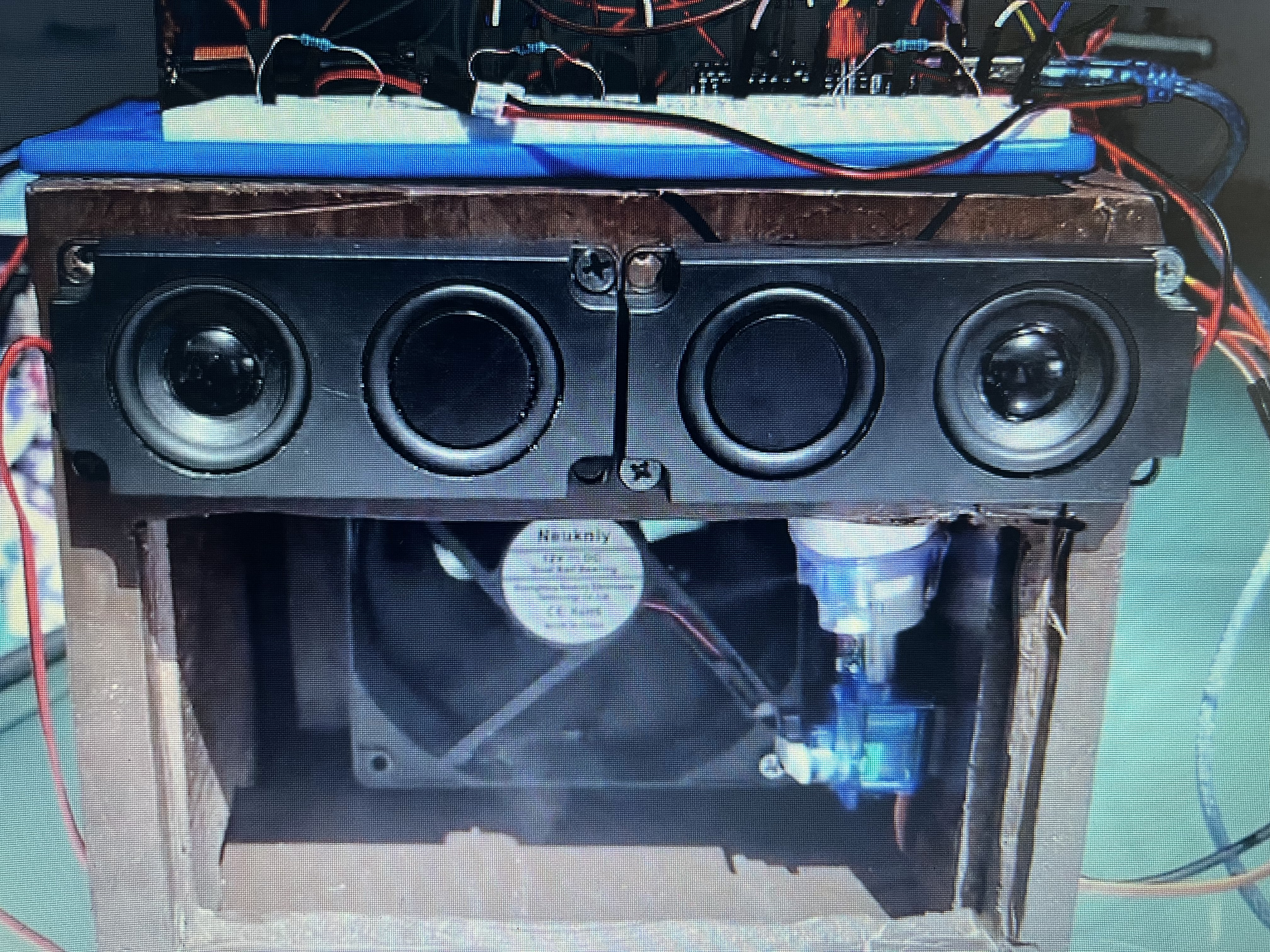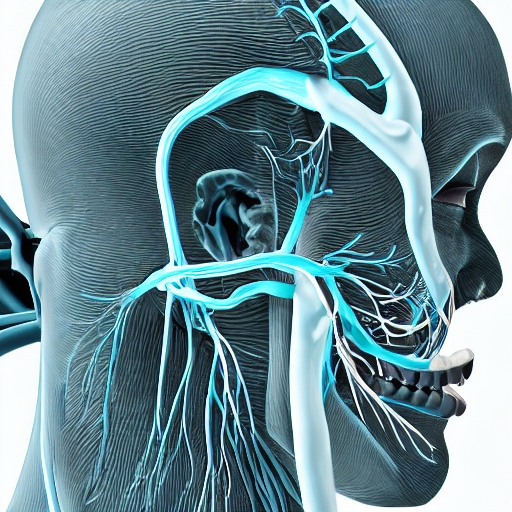BIOMEDIX
Our Solution - How Does it Work?
Our alarm device uses both sound and smell (smound) to wake up the user.
Sound Component
Using two speakers, the sound will be playing at various alternating frequencies: 450-600Hz
This is done to prevent the user from developing alarm fatigue.
Playing the sound at these frequencies is optimal because these are the frequencies that promote alertness.
More specifically, The National Fire Protection Association (NFPA) has their alarms play at 520Hz since it is the best low-frequency that is efficient in waking people up.
Smell Component
Our device will first play the alarm sound, then the diffuser turns on sending the smell of our essential oil to the user. Sound is played first because one cannot smell while asleep. We are using trigemenal scents because they activate the trigeminal nerve.
Why trigeminal scents?
Trigeminal scents are associated with greater levels of alertness, which include peppermint, eucalyptus and jasmine. Based on research from the Neuroscience Journal the olfactory tubercle, a region of the brain responsible for merging auditory and olfactory senses, is activated upon receiving a scent while asleep and is furth activated when receiving a sound with that scent. We are unable to smell in our sleep, but by mixing a specific smell that will activate the waking effects of the trigeminal nerve along with a specific sound the waking effects of the alarm will be enhanced.
On the side you also see a square which is a sugar capsule for the user to take and quikly restore their sugar levels.
Prototype
This is a video of our prototype. Here you can see how the sound first goes off, then the diffuser is turned on (you see a blue light) causing the smell to be sent out then sent to the user with the help of the fan.




